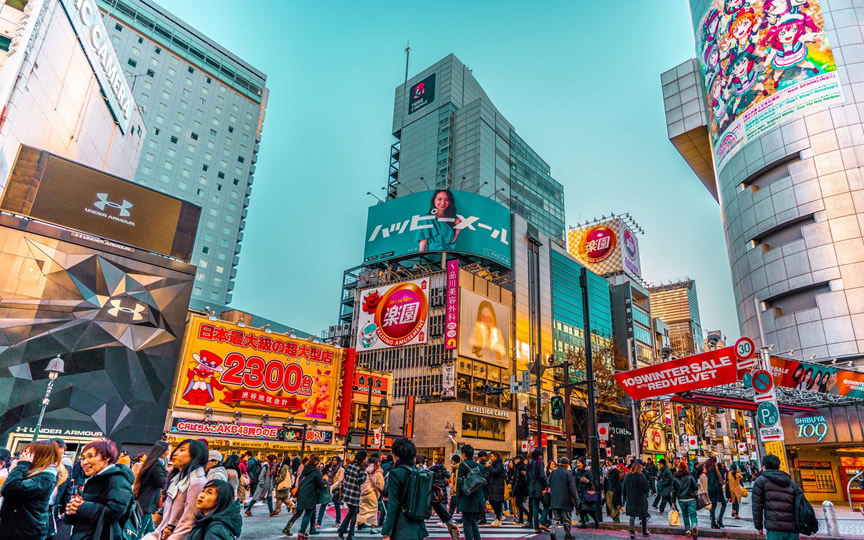Choosing an LED display for your storefront isn't just about picking the brightest screen or the cheapest option. It's about finding the right tool to attract attention, deliver your message clearly, and match the personality of your business. With so many options on the market, it's easy to get overwhelmed — but breaking it down into a few key factors can make the decision easier.

Know Your Goals
Before anything else, ask yourself: What do you want the display to do? Are you looking to promote daily offers? Show high-resolution product videos? Or simply make your store more visible from a distance?
For example, a café might want a simple text ticker with daily specials, while a fashion boutique might need a high-definition screen to show video loops of seasonal looks. The clearer you are on your goal, the easier it will be to find the right display.
Size and Location Matter
Next, think about where you want to place the screen. Will it be mounted above your entrance? In the window? On a side wall? Measure the space and consider the viewing distance — both from the sidewalk and from across the street.
If people will see it from far away, you'll want a larger screen with bigger text and fewer details. If it's close-up, you can go with finer resolution and more detailed content.
Choose the Right Pixel Pitch
One term you'll hear a lot is “pixel pitch.” It's the distance between each LED on the screen, and it directly affects image clarity. A smaller pixel pitch means higher resolution, but also a higher price.
For window displays or close-range viewing, a pitch between 1.5mm and 3mm usually works well. For outdoor signs meant to be viewed from farther away, a pitch of 4mm to 10mm is more common — and more cost-effective.
Think About Brightness and Visibility
A screen that looks great indoors might wash out in direct sunlight. For outdoor or window-facing displays, make sure the screen is bright enough — typically 5,000 nits or more. Also check for automatic brightness adjustment, so your screen dims at night without manual changes.
Durability and Maintenance
If your display will be exposed to weather, make sure it’s rated for outdoor use (look for IP65 or higher). You’ll also want to ask about ventilation, heat management, and how easy it is to access the internal parts for maintenance or repairs.
LED displays are long-term investments — but like anything, they need to be taken care of to last.
Software and Content Control
Don't overlook the software. Can you easily update content from your phone or computer? Can you schedule messages ahead of time? The best display in the world won’t help if it’s hard to manage.
Look for systems that support user-friendly content control, cloud access, and file formats you already use (like JPG, MP4, etc.).
Work with a Reliable Manufacturer
Lastly, choose a supplier who offers more than just the product. A good LED manufacturer will help you plan the setup, provide guidance on installation, and offer support if something goes wrong. Warranty terms, spare parts, and response time matter — especially for businesses that rely on daily visibility.

